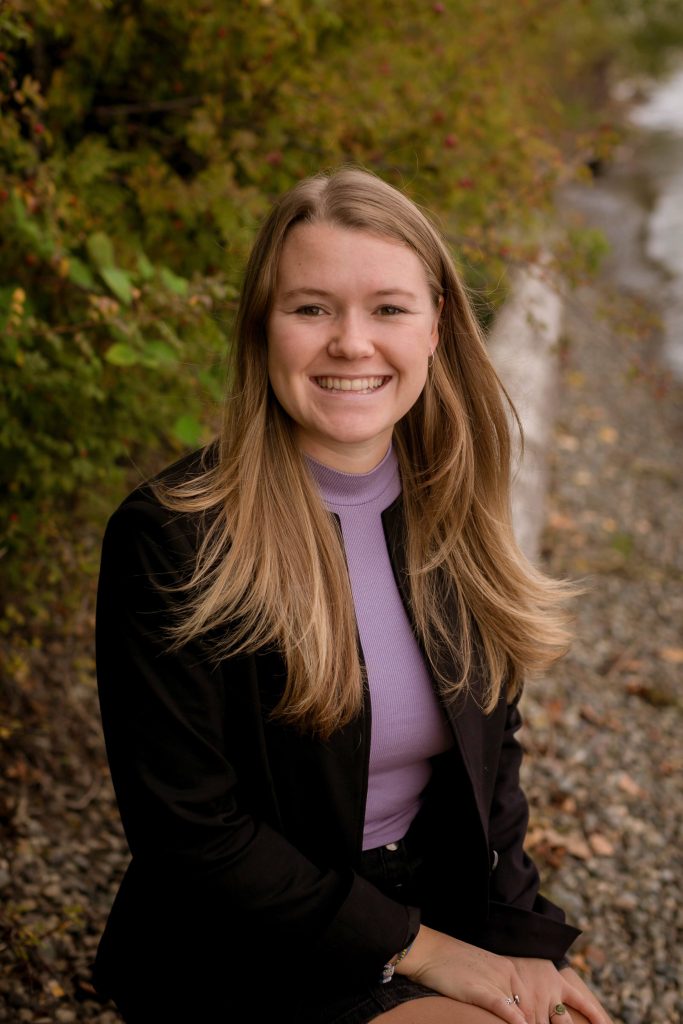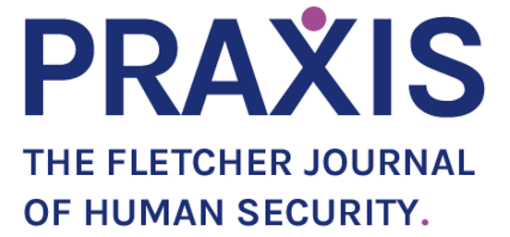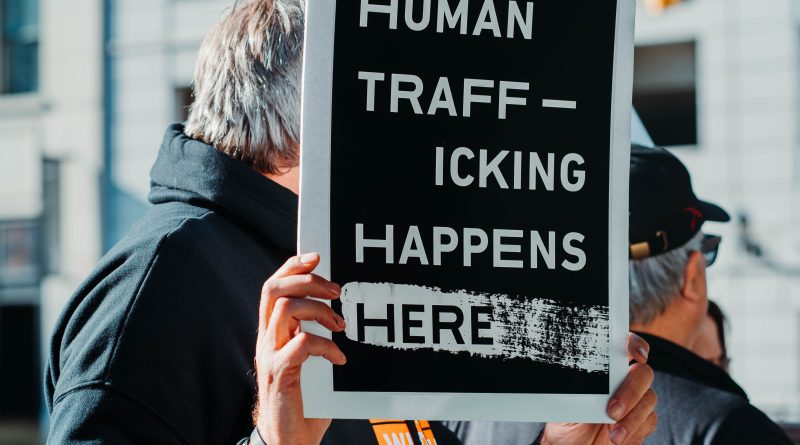The Perfect Crime Part 2: Gender Inequality and the Romanticization of Human Trafficking
The Perfect Crime Part 2: Gender Inequality and the Romanticization of Human Trafficking
By Avery Closser
In the early 2000s, international governing bodies began to publicly recognize and address the pervasiveness of human trafficking. Due to these efforts, fear and fascination with human trafficking swept the U.S., becoming a hot new topic for true crime fans and action movie junkies, with hundreds of articles, books, documentaries, and feature films being made on the topic. While entertaining, many of these sensationalist stories were grossly misrepresentative of the true nature of human trafficking. Using “emotive, graphic and titillating language,” trafficking scenarios are often depicted as violent crimes of kidnapping or forced prostitution perpetrated on young, white women whom are forced to illegally cross borders. Victims of human trafficking are overwhelmingly portrayed as young women and children simply because they fit the societal definition of vulnerability, innocence, and purity and are most likely to garner public sympathy and support. In reality, human trafficking cases are gritty, convoluted, and unappealing to the public. These narratives fuel misinformation about victims and their experiences and overlook the structural and societal circumstances which perpetuate trafficking. The ‘victim vs. villain’ trope being portrayed can be harmful and offensive to those who do not identify as victims, but as individuals seeking a better life. Moreover, these tropes leave out an incredibly crucial feature of trafficking operations: victims include men and boys too.
In 2010, CNN aired a special segment on Larry King Live titled “Worldwide Crisis: Human Trafficking.” The special, which featured several prominent actresses, described human trafficking as “women and children, kidnapped, bought, [and] sold into bondage.” While sensational, the episode failed to highlight the vulnerability and extensive exploitation of men and boys, and instead enforced the binary that women are the victims and men are the perpetrators. This media-driven, socially constructed narrative enforces the idea that boys and men are incapable of vulnerability and immune to oppression or victimization, making it easy for women and girls to take center stage, stepping into the distorted, but iconic role as the helpless victim. This not only excludes boys and men, but other minority groups as well, including immigrants and the LGBTQ community.
The international community and the media almost exclusively single out sex trafficking as the perfect example of modern-day slavery. Sex sells, thus the widespread focus on sex trafficking is due to its nature as the most dramatic and appealing crime. Moreover, women and girl victims are portrayed as young, weak, and naïve, further matching American perceptions of the perfect victim. Meanwhile, non-sexual forms of forced labor, despite being more complex, are grossly under-acknowledged and are seen as “ordinary or benign” in comparison to sex trafficking. Victims of sex trafficking fit the mold of the ideal victim, which creates sympathy and prompts action by the public. These narratives are effective because they turn a blind eye to the involvement of victims in other crimes. Notably, many trafficking victims are discovered while occupying other illegal activities such as sex work or working without proper documentation, effectively distorting the ‘victim’ status of these individuals.
It is important to examine the factors that allow the human trafficking industry to thrive, instead of romanticizing the horrific crime itself. Trafficking is framed as an individual crime committed by deviant criminals, placing widespread blame on traffickers while failing to account for larger structural issues like poverty or gender inequality. Human trafficking is often framed as a security threat. However, it correlates with much more complex socio-economic issues, such as deeply rooted gender inequality and poverty, which greatly exacerbate the vulnerability of women and girls to trafficking because men and women experience poverty differently. This is due to factors such as limited employment opportunities, lack of control over financial resources, and restrictive access to land, assets, and education. Pervasive and structural gender-based violence also increases the vulnerability of women and girls to trafficking, as do discriminatory labor or migration policies which may fail to account for the risks women and girls face. Humanitarian crises and conflict or post-conflict environments also exacerbate vulnerability to trafficking. Research shows that human trafficking was present in 90% of the 171 conflicts that occurred between 1989 and 2016. The feminization of migration is another factor because the demand for female laborers has increased worldwide, which has led to a surge in female migration, putting them in danger of being trafficked.
Men and boys face similarly gendered pressures and vulnerabilities when it comes to trafficking. Structural pressures often correlate with race, ethnicity, nationality, and class, and may drive internal and external migration and contribute to their engagement in economic sectors that are exploitative or abusive, such as mining, fishing, and logging. In some African countries, men make decisions to engage in risky economic opportunities due to cultural expectations to secure their manhood and acquire the power and independence that come with it. Labor mobility is often essential to cultural and societal success, which is why in some cases traffickers who were once migrant workers themselves have now been promoted to ‘organizer.’ It is critical to recognize the complexities of these dynamics to understand why ‘bad guy’ portrayals of traffickers often misrepresent the reality of the situation. Moreover, recognizing the motivations for mobility gives agency to these individuals, which most ‘trafficking’ narratives fail to do.
It is essential to analyze human trafficking through an inclusive gendered lens, both to understand how false portrayals of the “iconic victim” perpetuate misinformation and to recognize how intersecting social hierarchies aggravate trafficking risks and impede detection and protection. The media typically recounts violent, graphic scenes in which traffickers abduct helpless victims, stripping them of their agency. However, it is apparent that this narrative is untrue in most cases. The ease of female victimization stems from perpetual gender inequality, contradicting the “resilient, autonomous, and empowered” nature of these individuals. The role of the media in spreading harmful discourse on human trafficking cannot be overstated, nor can its roots in structural discrimination and gender bias.

ABOUT THE AUTHOR
Avery is a first-year MALD student at Fletcher studying Human Security and Gender and Intersectional Analysis, with a focus on migration and gender dynamics during and after conflict. Prior to starting at Fletcher, Avery worked for an Immigrant Rights Organization in Tacoma, WA, the UN Food and Agriculture Organization in Colombo, Sri Lanka, the World Affairs Council non-profit in Seattle, WA, an intellectual property law firm in Seattle, and, lastly, the Bill and Melinda Gates Foundation. Avery graduated from the University of Puget Sound with majors in International Political Economy and Spanish, and a minor in Latin American Studies.

